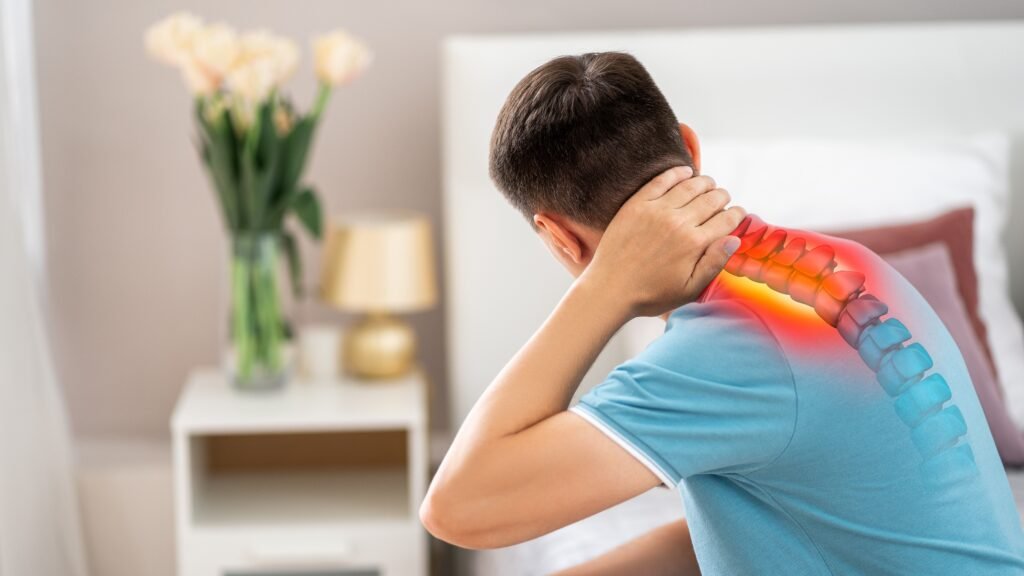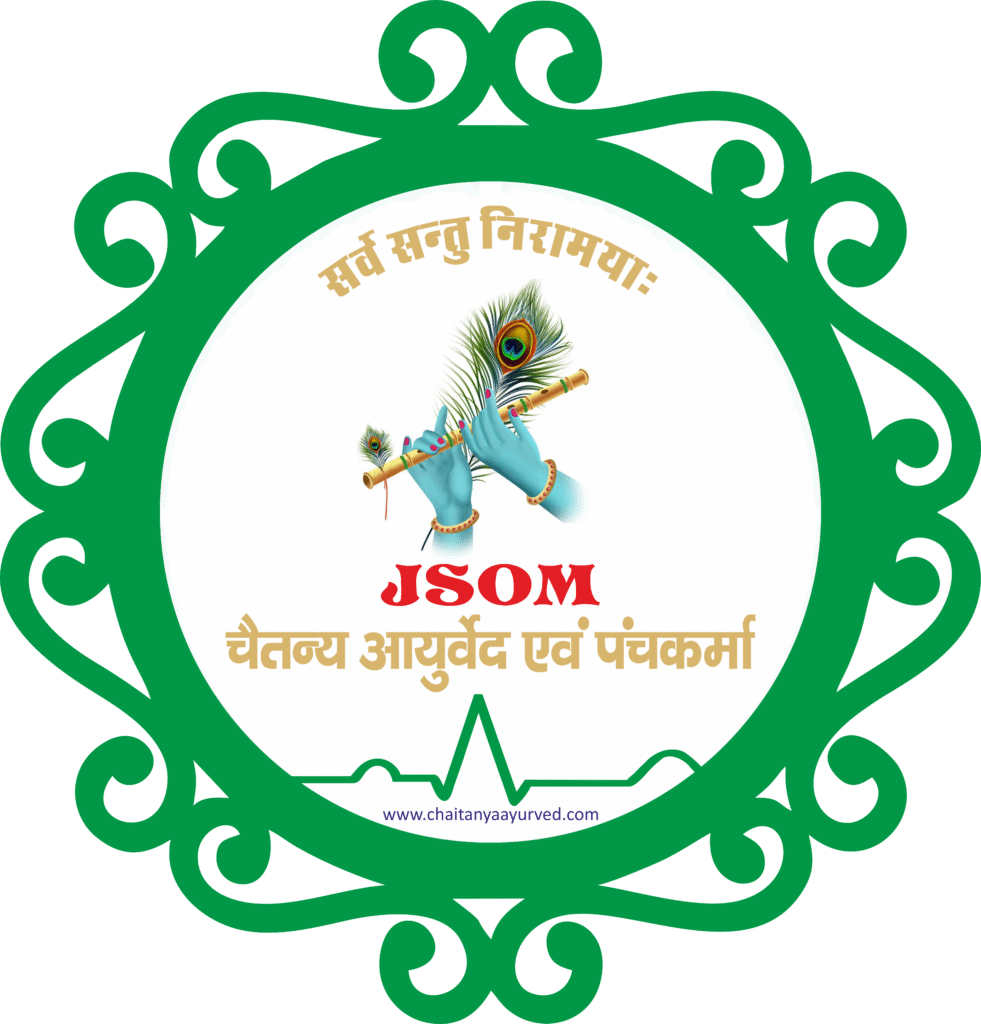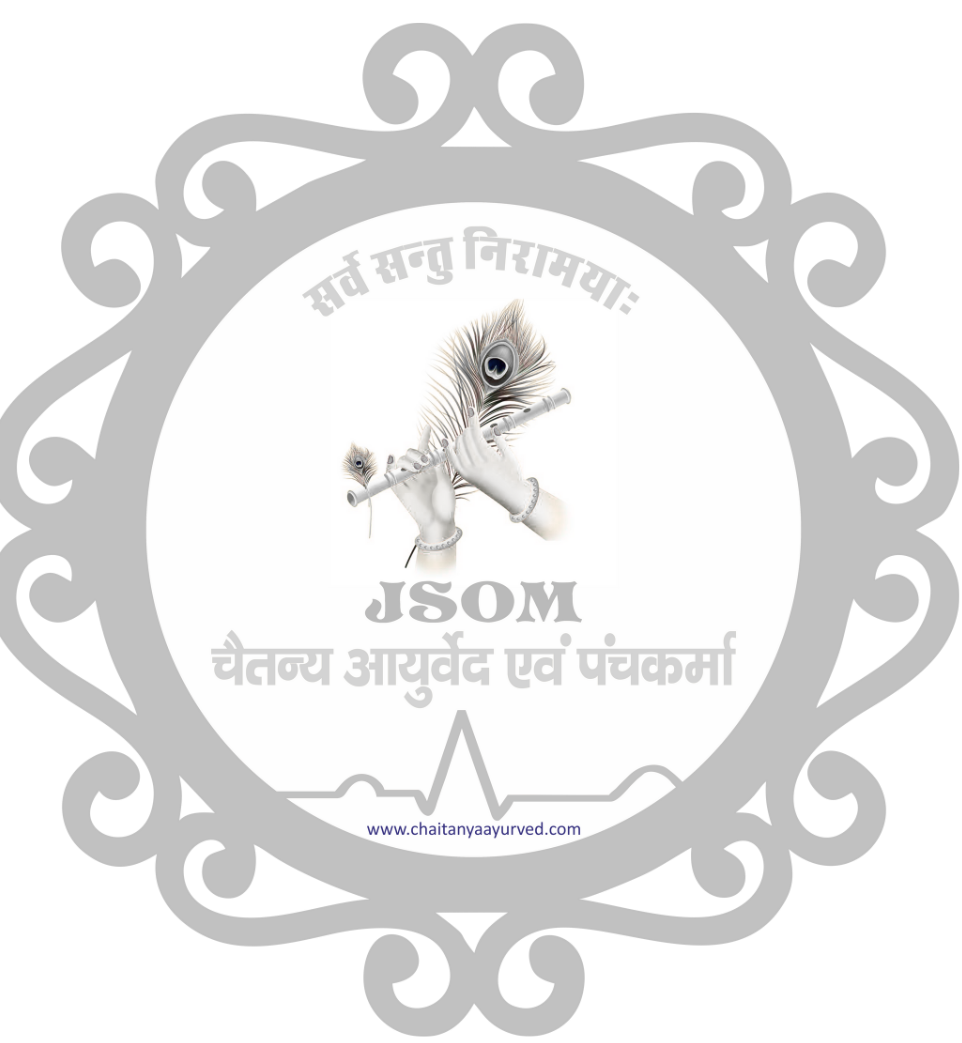Cervical Pain Management Therapy

Cervical Pain Management
Cervical Pain Management Therapy is a combination of treatments aimed at reducing pain, stiffness, and discomfort in the neck (cervical spine) region.
It addresses problems such as cervical spondylosis, neck muscle strain, disc prolapse, nerve compression, and postural issues.
Therapy may involve physiotherapy, Ayurveda treatments, or a combination of both to relieve pain, restore mobility, and prevent recurrence.
Types of Cervical Pain Management Therapy
Physiotherapy-Based Treatments
Neck strengthening and stretching exercises
Cervical traction
Ultrasound therapy
Heat therapy (hot packs, infrared)
Ayurvedic Treatments
Greeva Basti – Warm medicated oil retained over the neck area
Abhyanga (Oil Massage) – Improves circulation and relaxes muscles
Nasya Therapy – Herbal oil administration through nostrils to relieve stiffness and headaches
Marma Chikitsa – Gentle stimulation of vital points in the neck and shoulder area
Combination Therapies – Using both physiotherapy and Ayurvedic approaches for faster recovery.
How it Works
Pain relief: Heat, massage, and herbal oils improve blood circulation, reduce inflammation, and relax tense muscles.
Nerve decompression: Cervical traction and proper positioning relieve nerve compression.
Posture correction: Exercises strengthen neck muscles and improve spinal alignment.
Energy balance: Ayurvedic therapies like Marma Chikitsa and Nasya balance doshas and enhance nervous system health.
Benefits of Cervical Pain Management Therapy
-
Reduces neck pain, stiffness, and swelling
-
Improves flexibility and range of motion
-
Relieves headaches and dizziness caused by cervical issues
-
Prevents further degeneration of cervical joints
-
Improves posture and spinal alignment
-
Reduces nerve compression symptoms like tingling or numbness in arms
-
Promotes relaxation and stress relief.
Precautions
Avoid sudden neck movements during recovery
Should not be done during acute injury or fracture without medical advice
Patients with severe osteoporosis, spinal instability, or active infections should consult a doctor before starting therapy
Always get therapy from a trained and certified practitioner
Inform the therapist about medical history and ongoing medications
Typical Session
Duration: 30–60 minutes
Process:
Assessment of neck condition and posture
Application of heat therapy or gentle oil massage to relax muscles
Cervical traction or specific exercises for alignment and mobility
Ayurvedic treatments (Greeva Basti, Nasya, or Marma Chikitsa) as needed
Relaxation phase with breathing exercises
Frequency: Daily or alternate days for 7–14 days in acute cases; weekly or monthly for maintenance
Aftercare: Maintain correct posture, avoid heavy lifting, do prescribed home exercises, and keep neck warm

